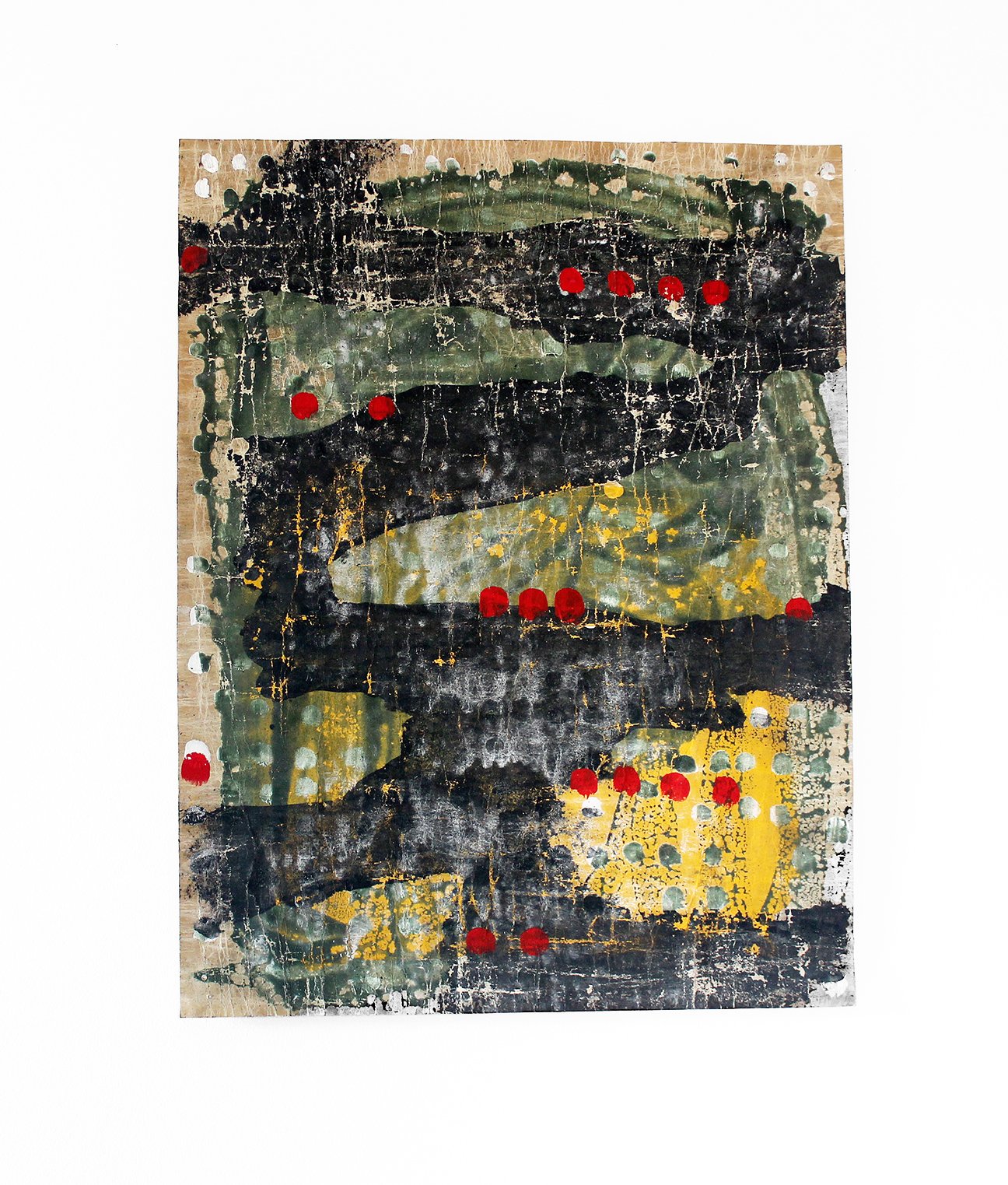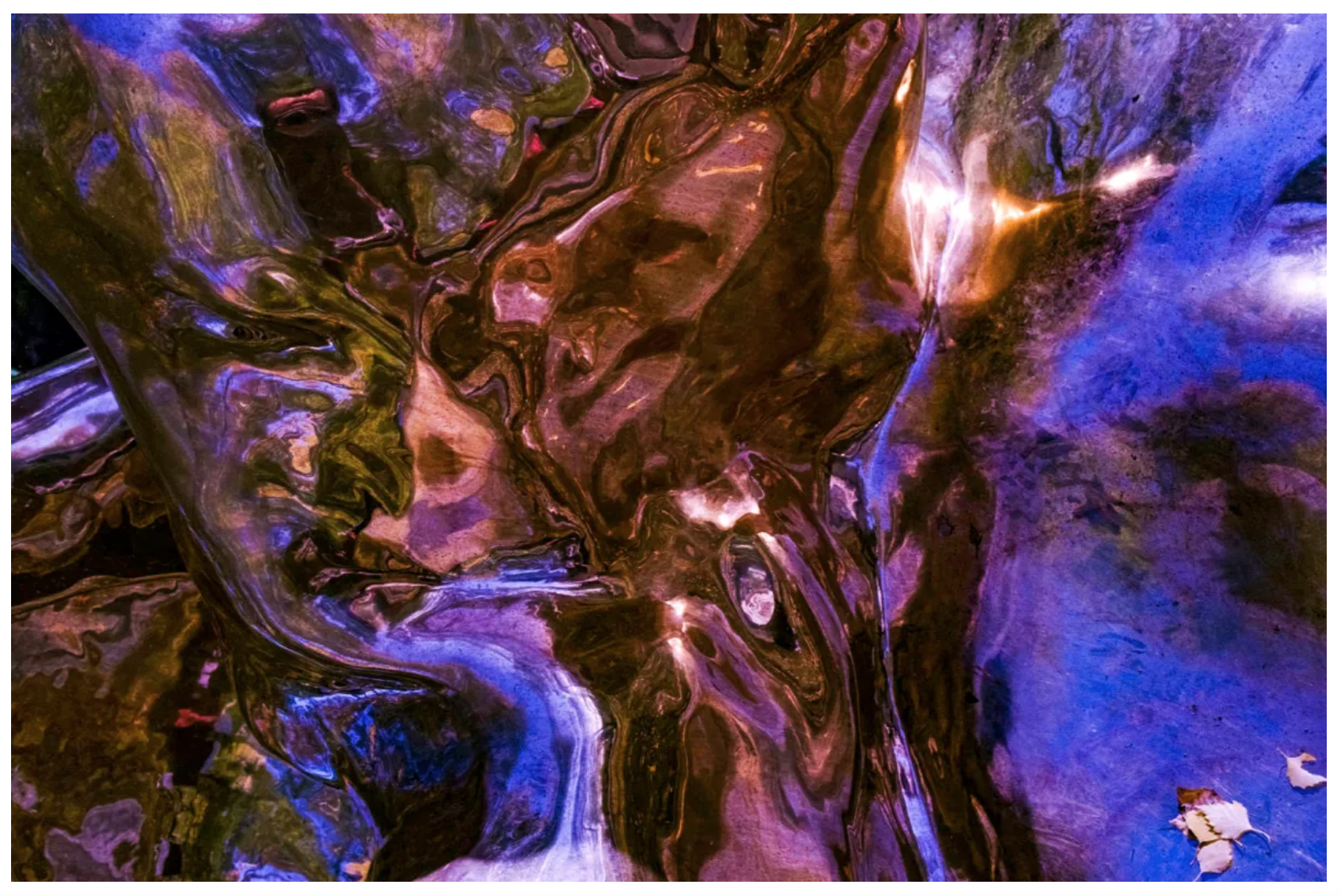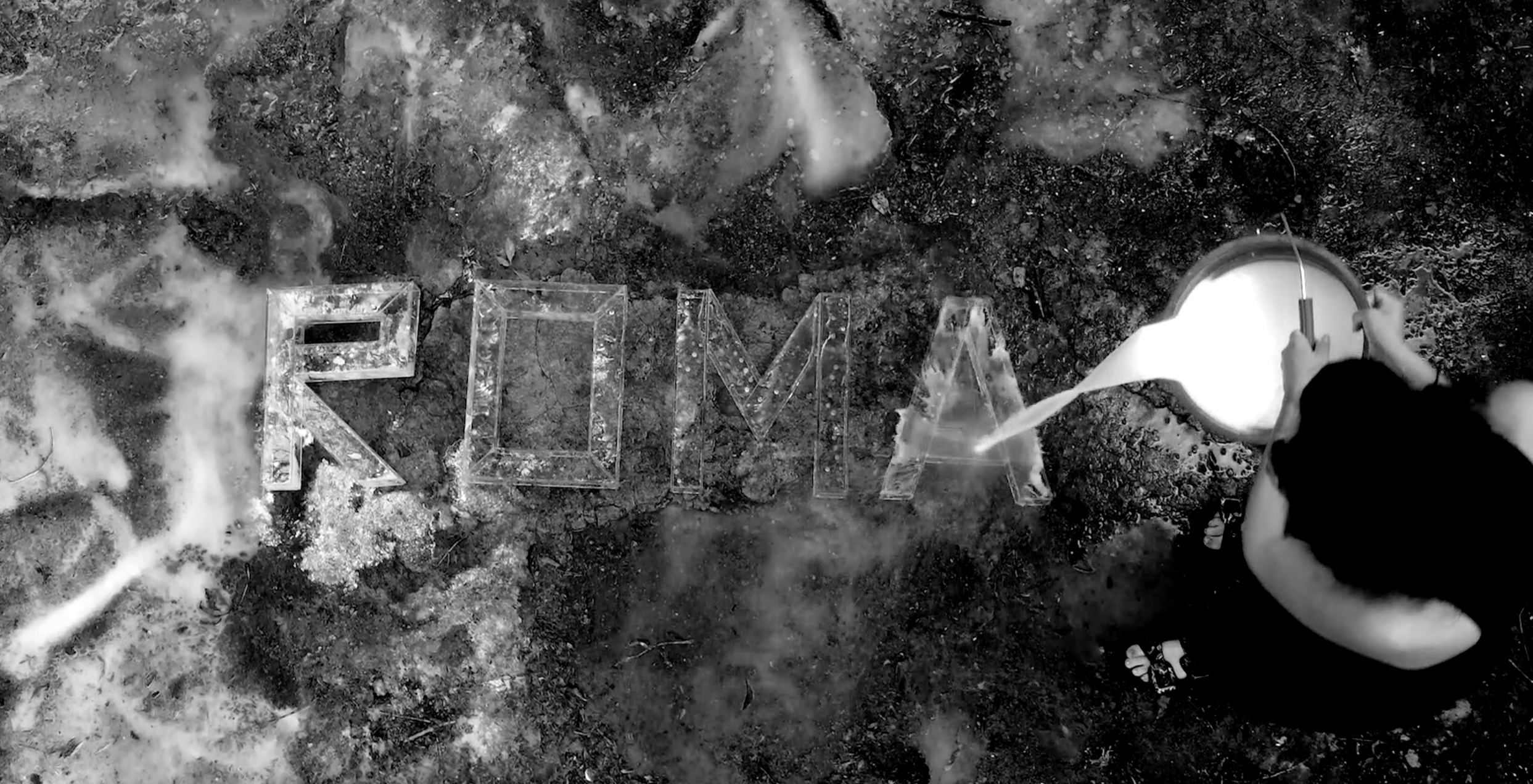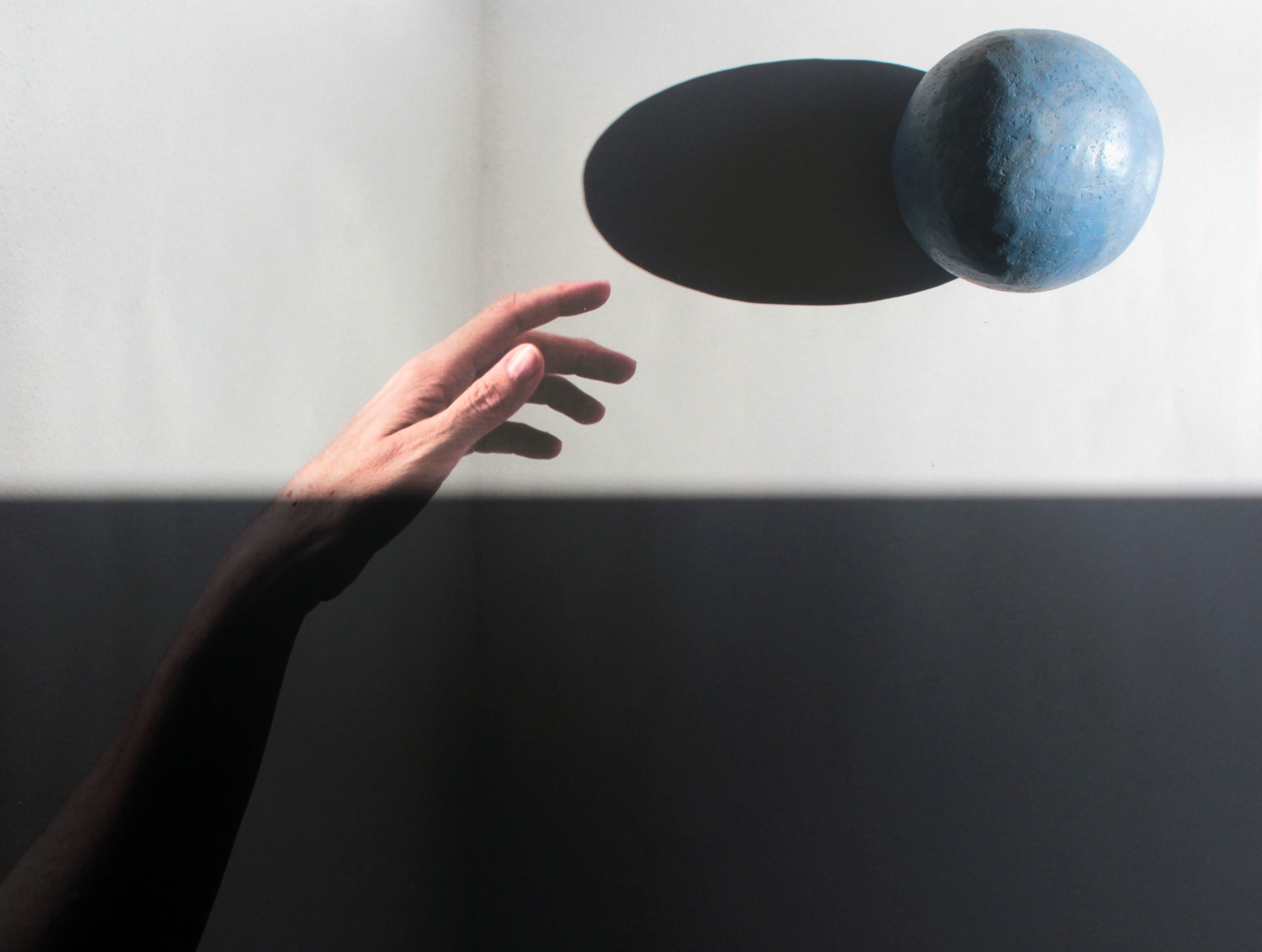2024 January 09th - February 29th.
Artworks from archive
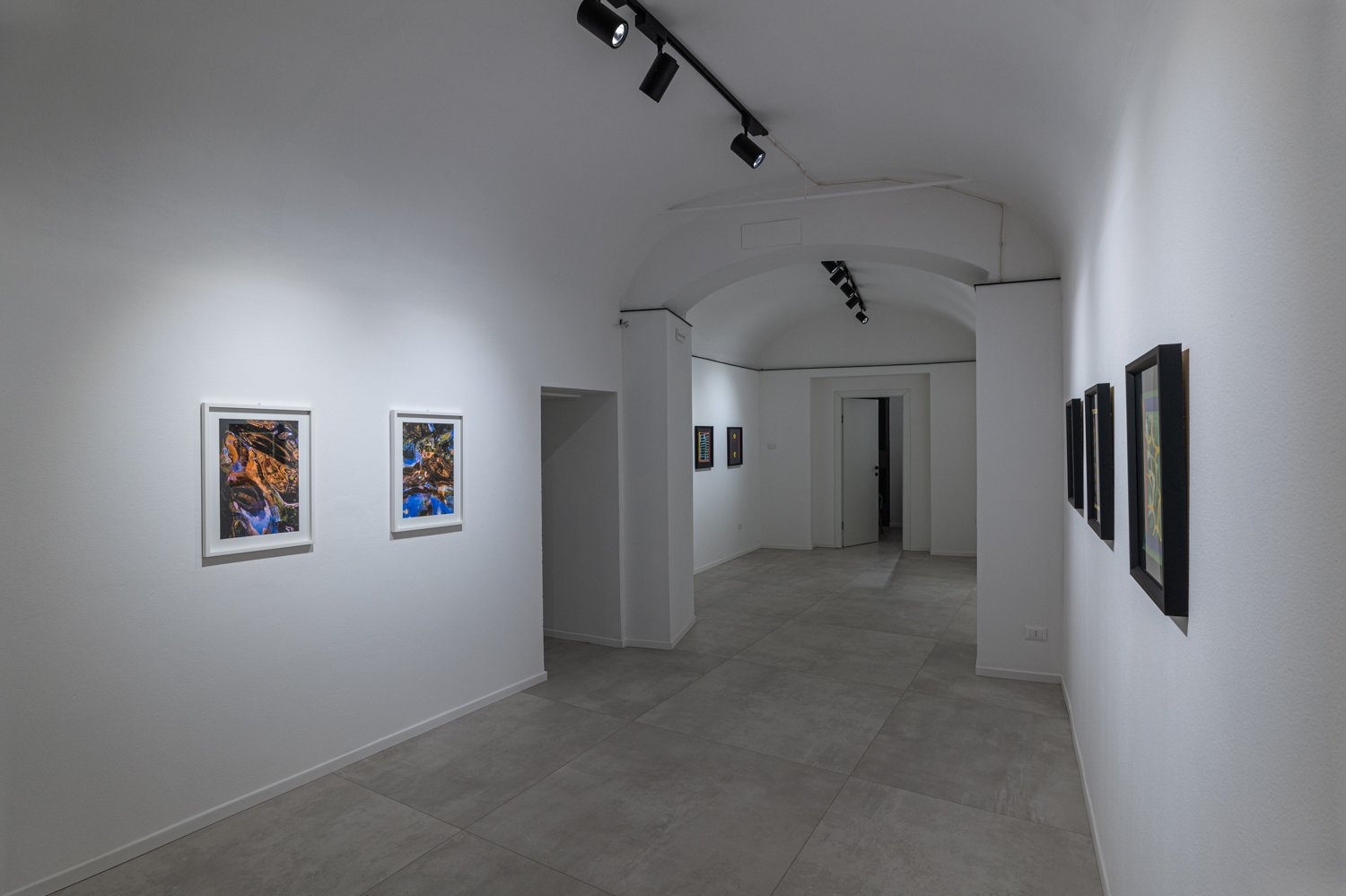
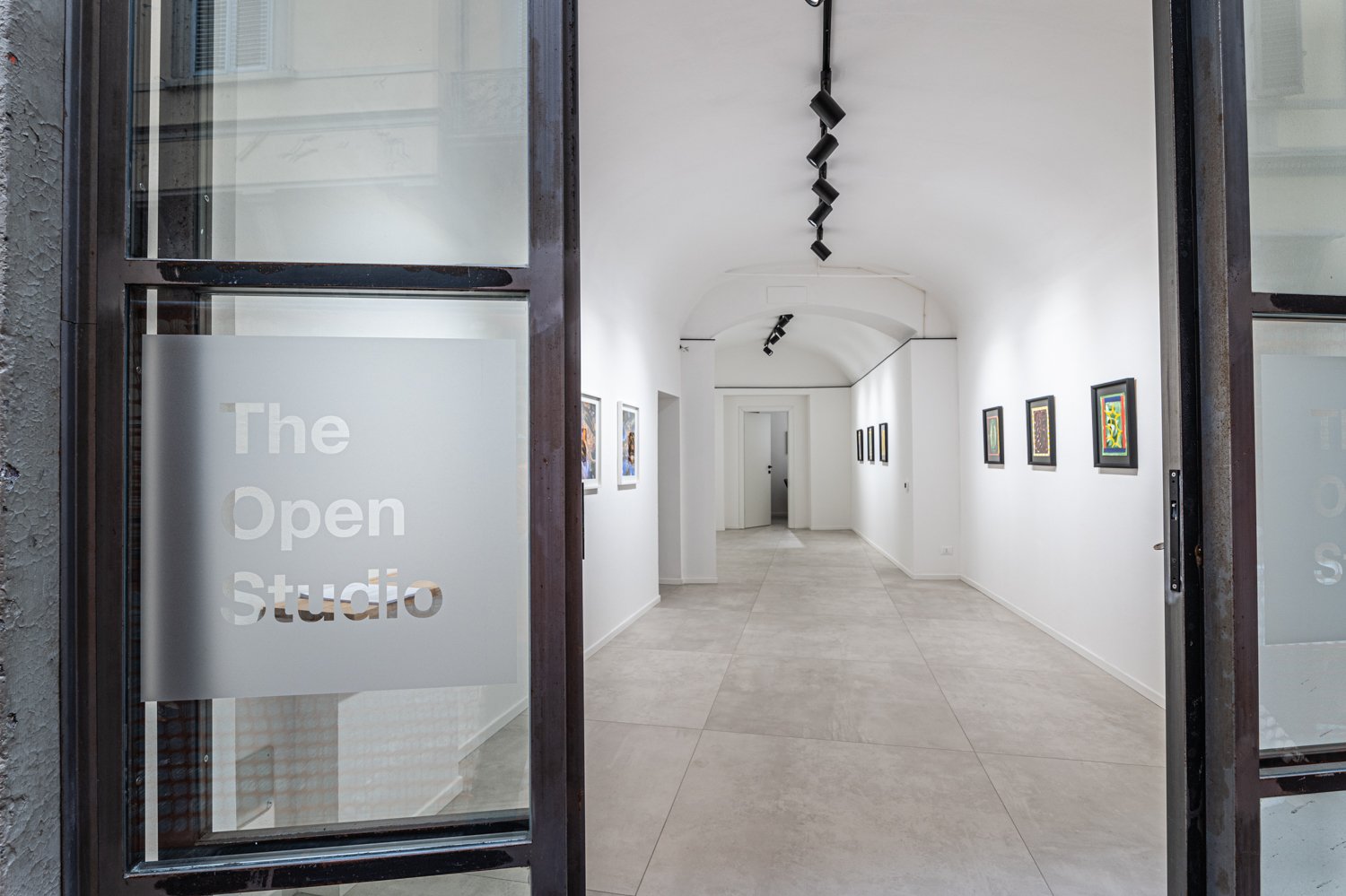
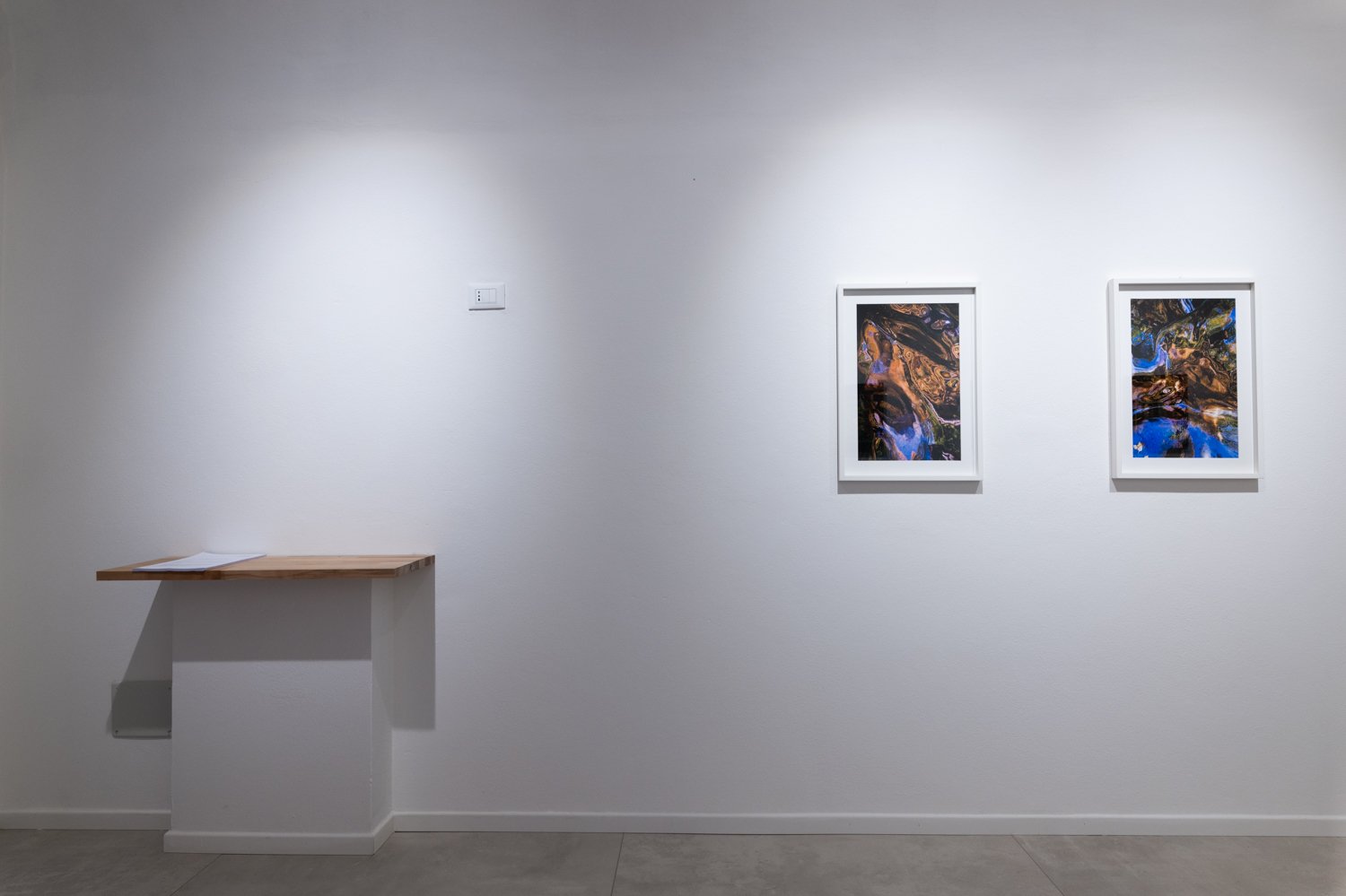




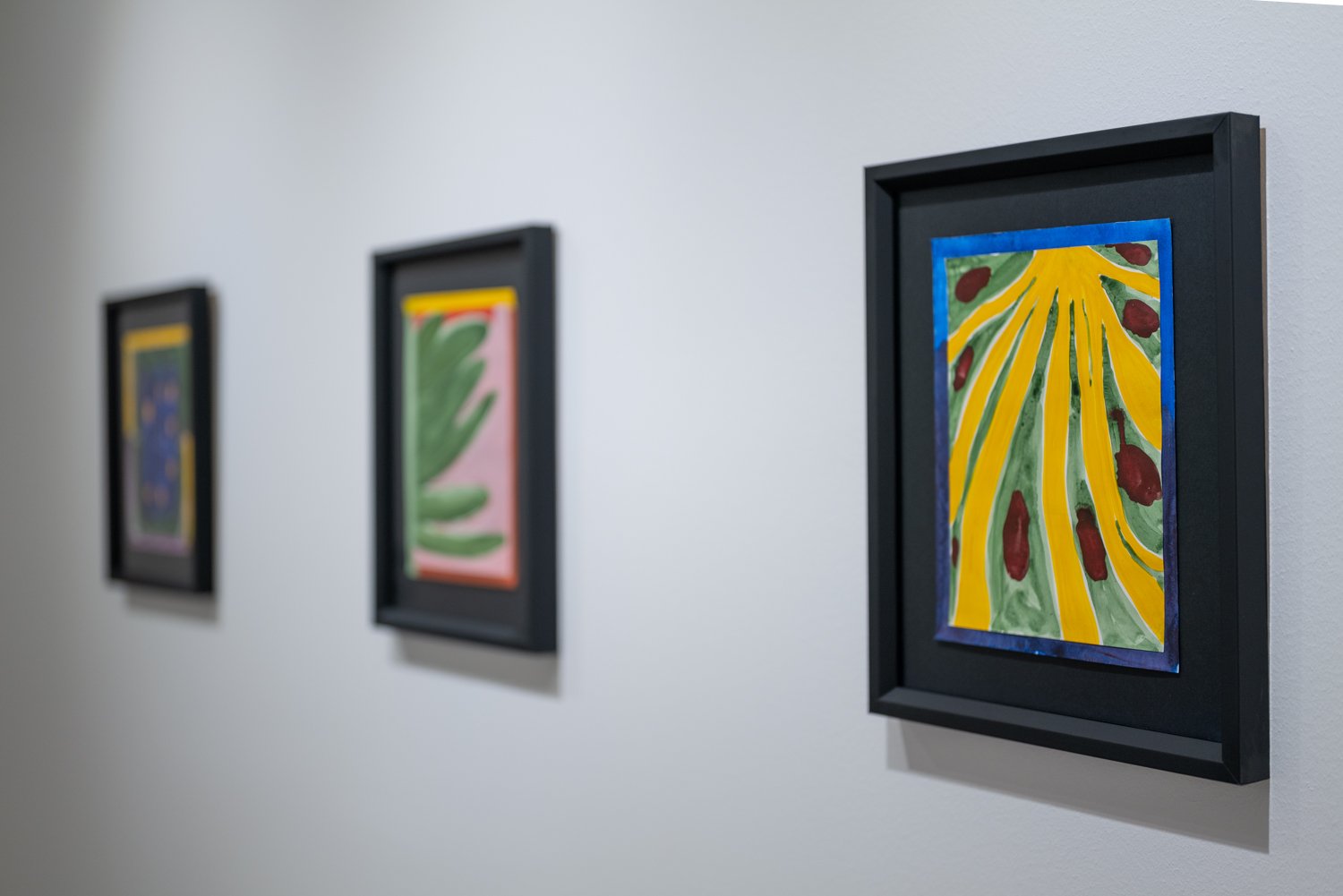
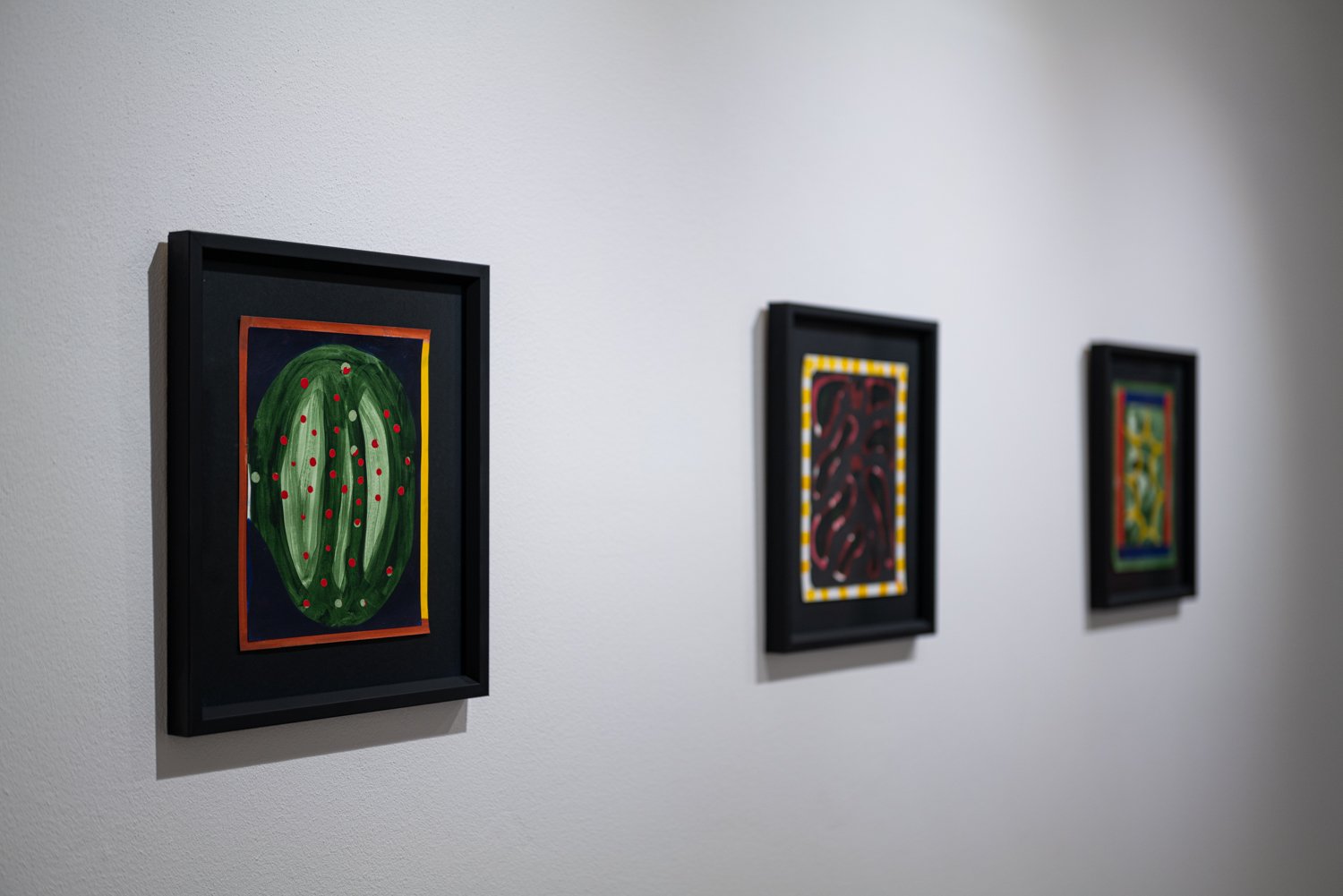
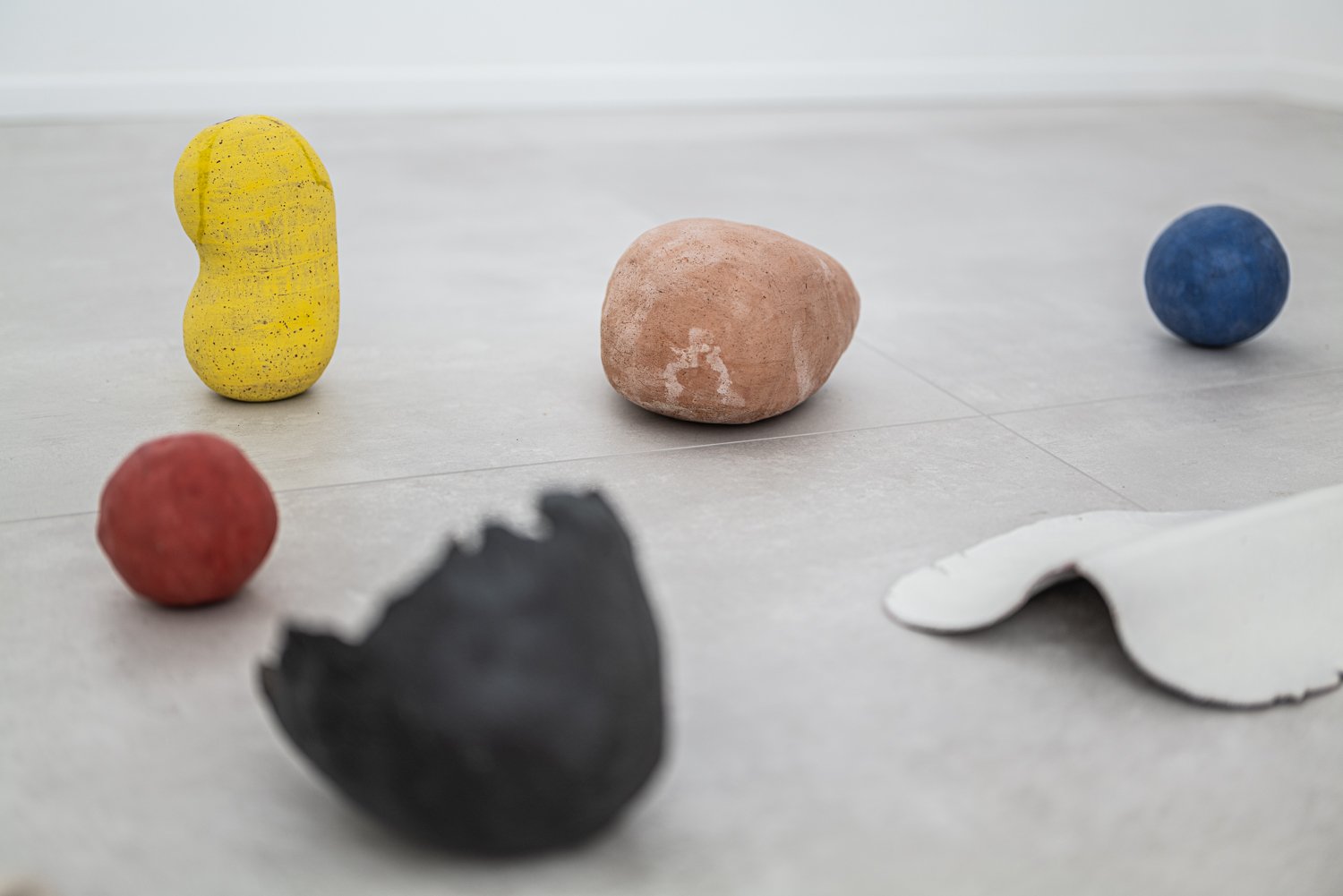
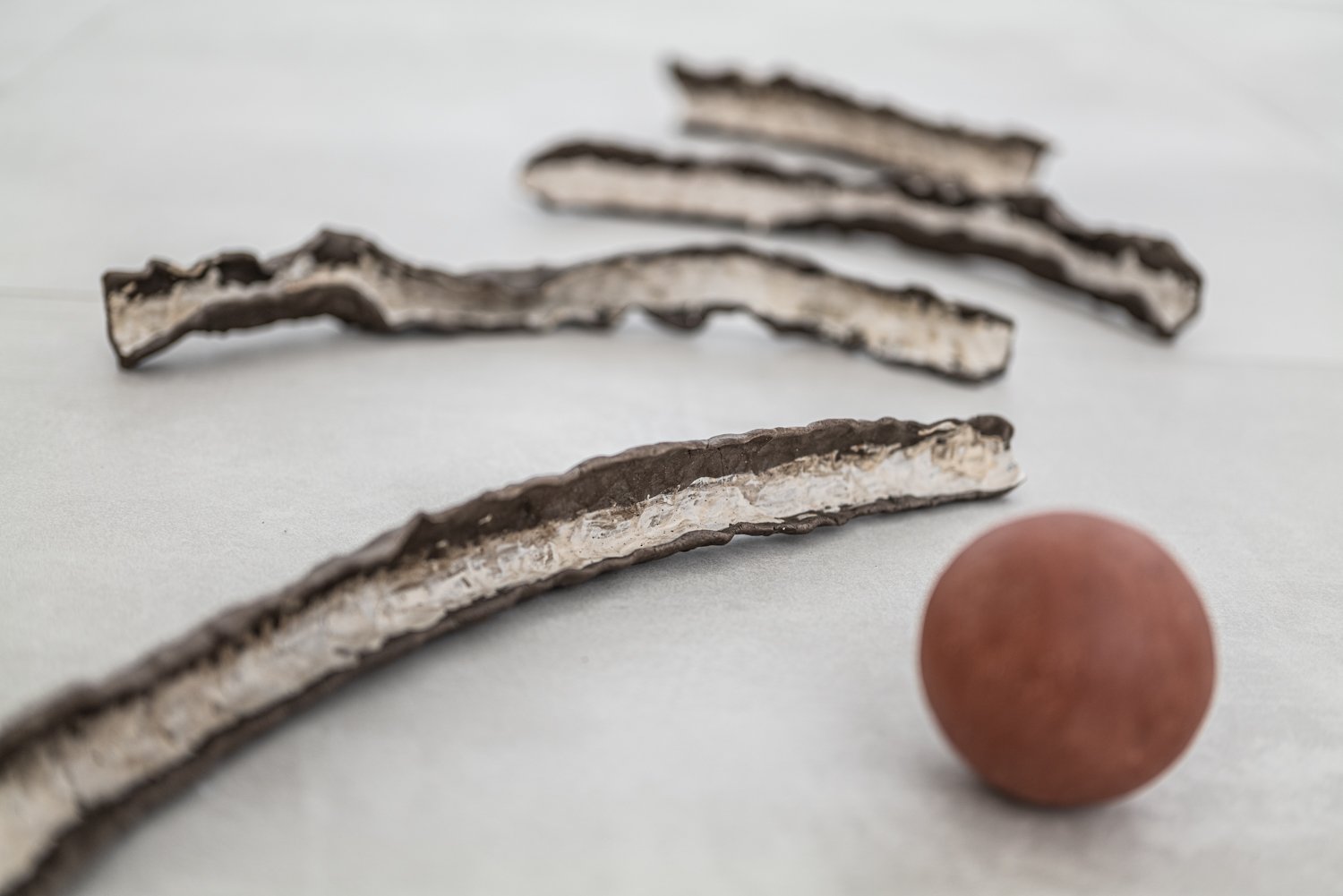
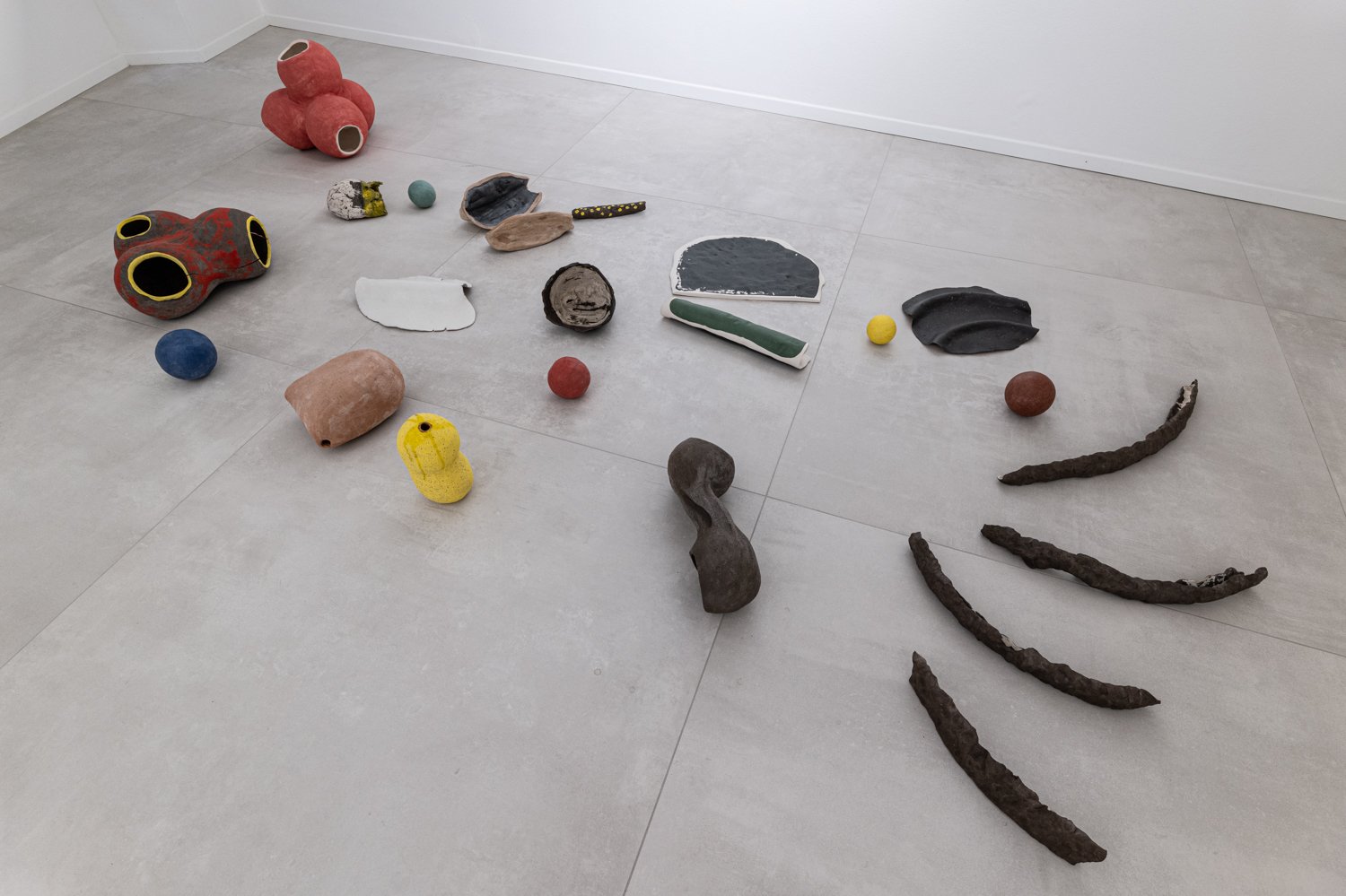

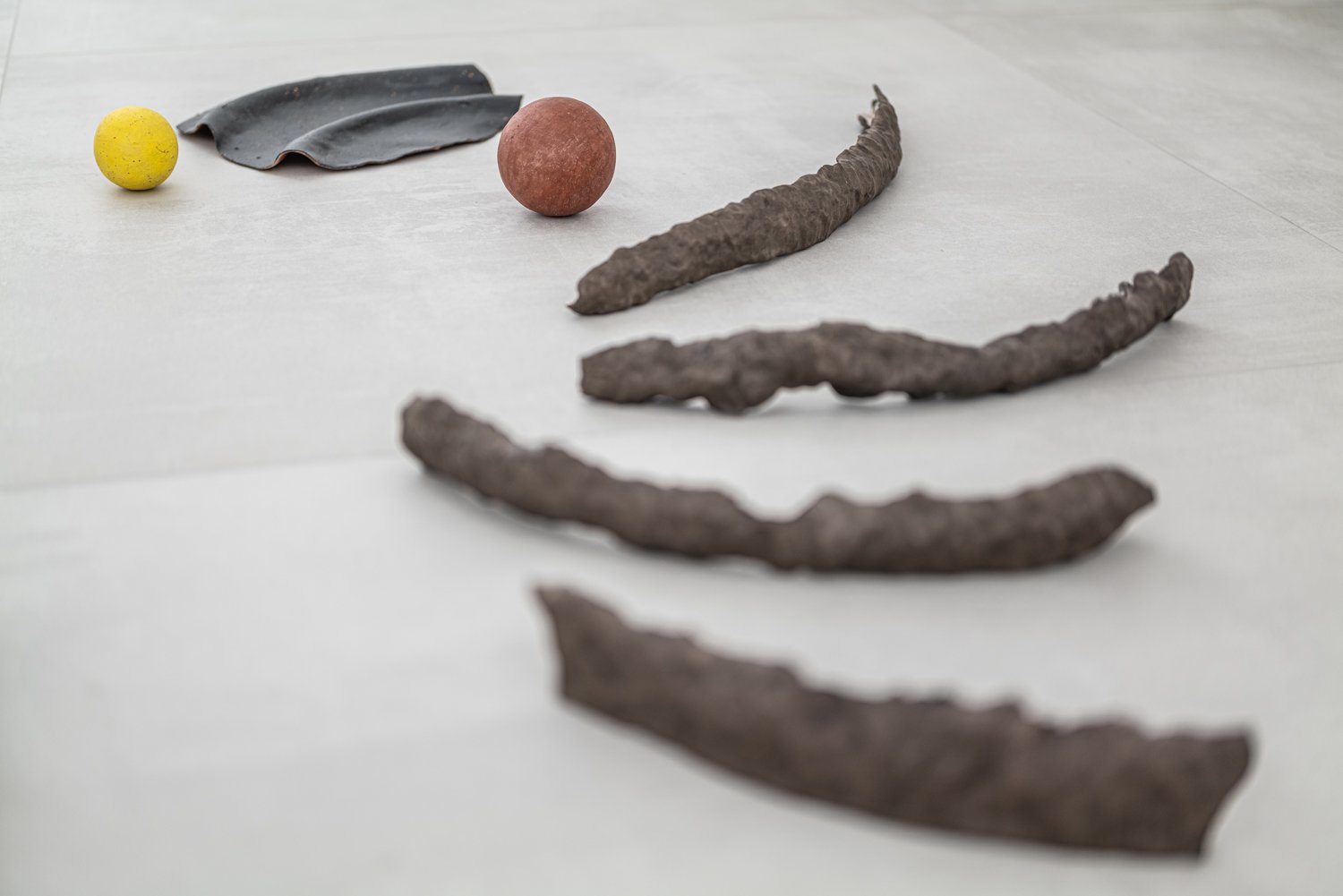
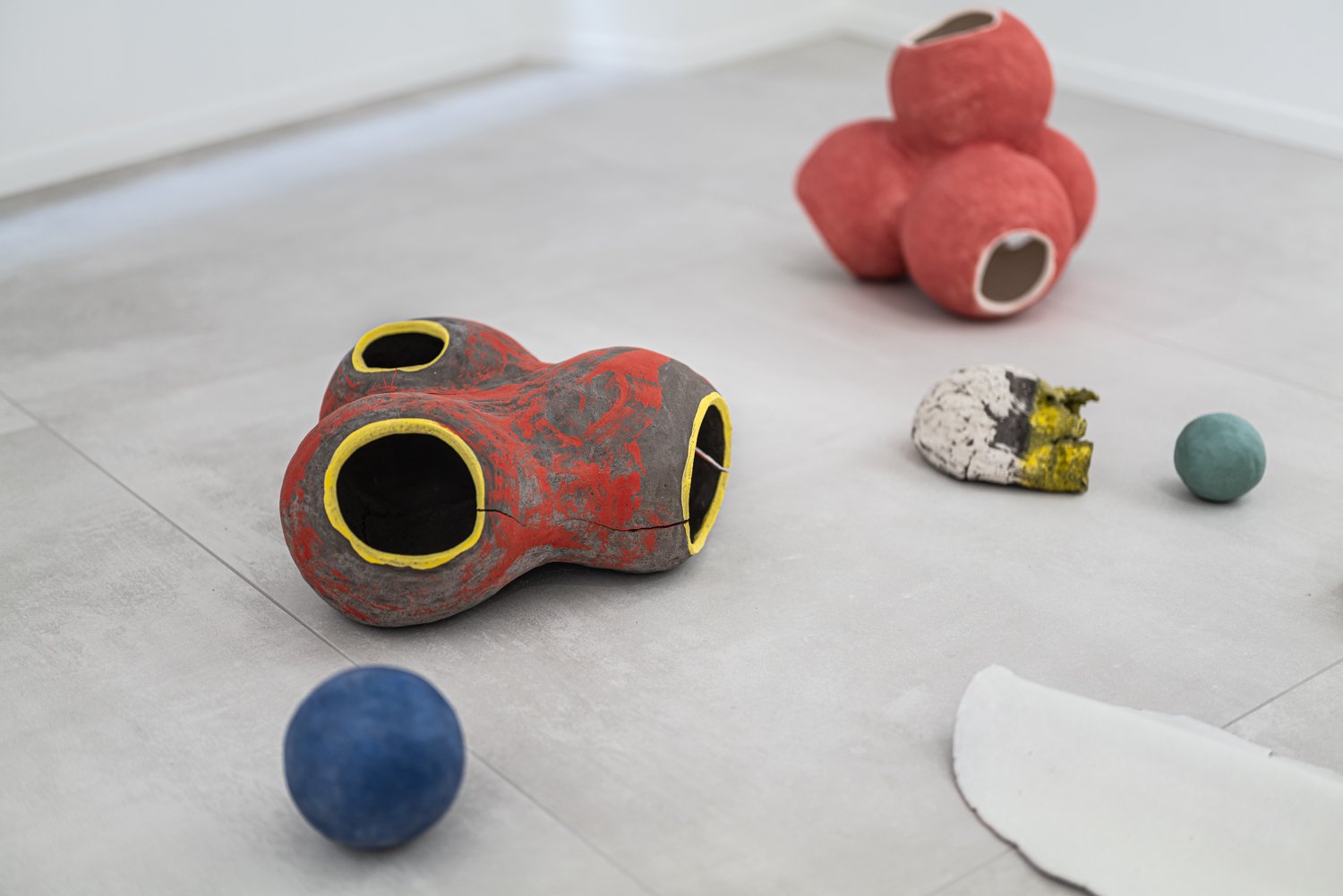



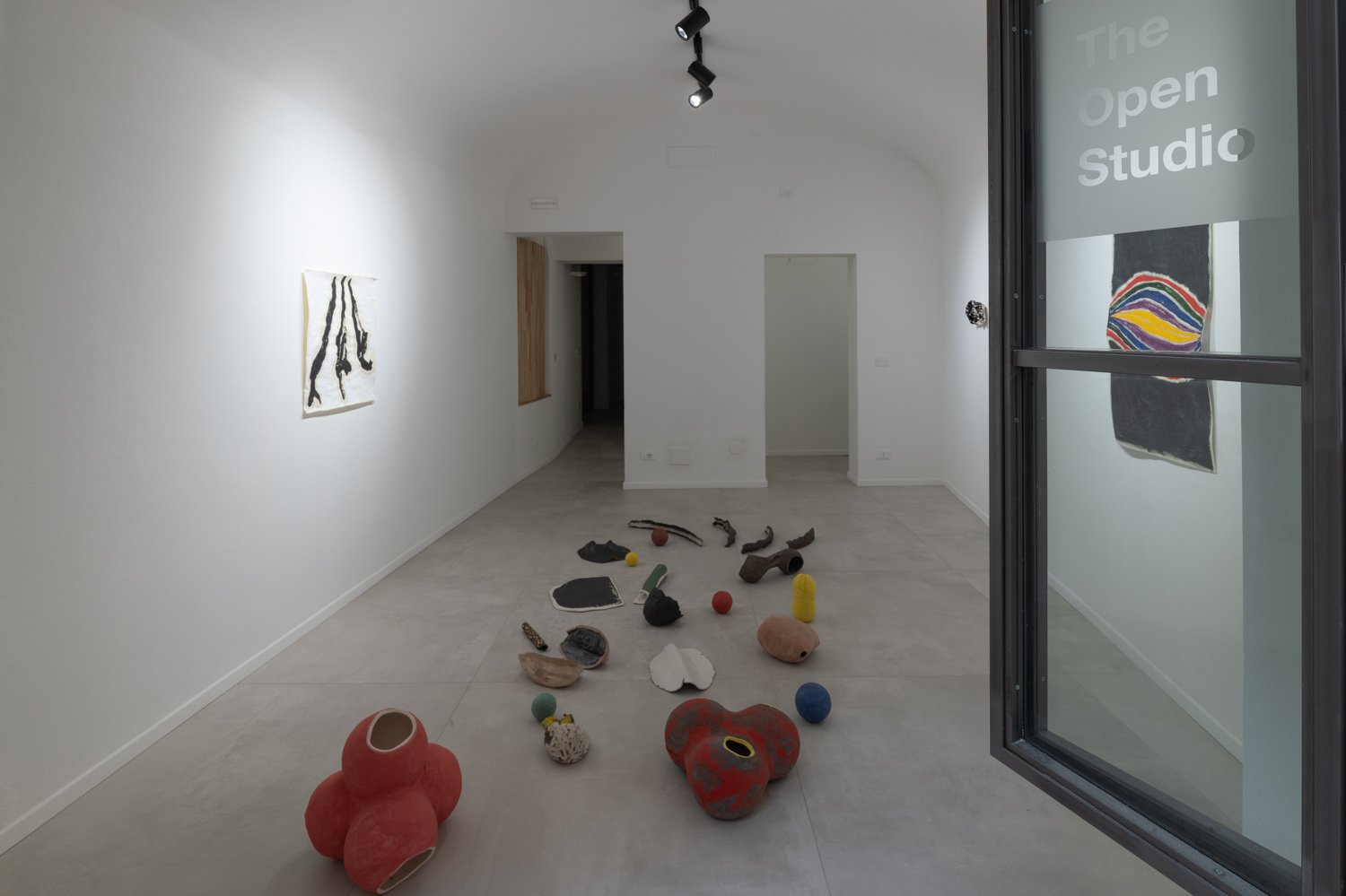

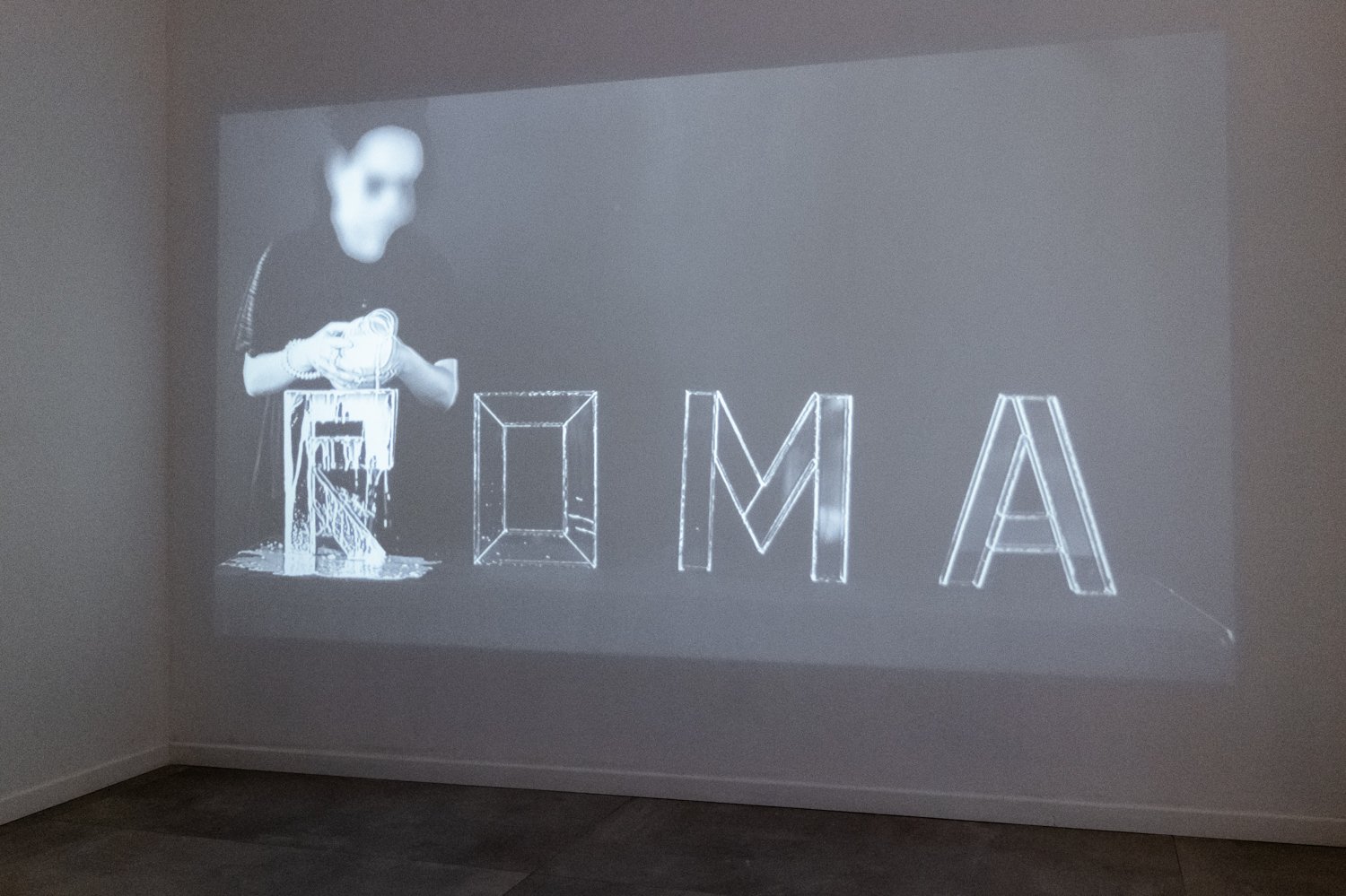
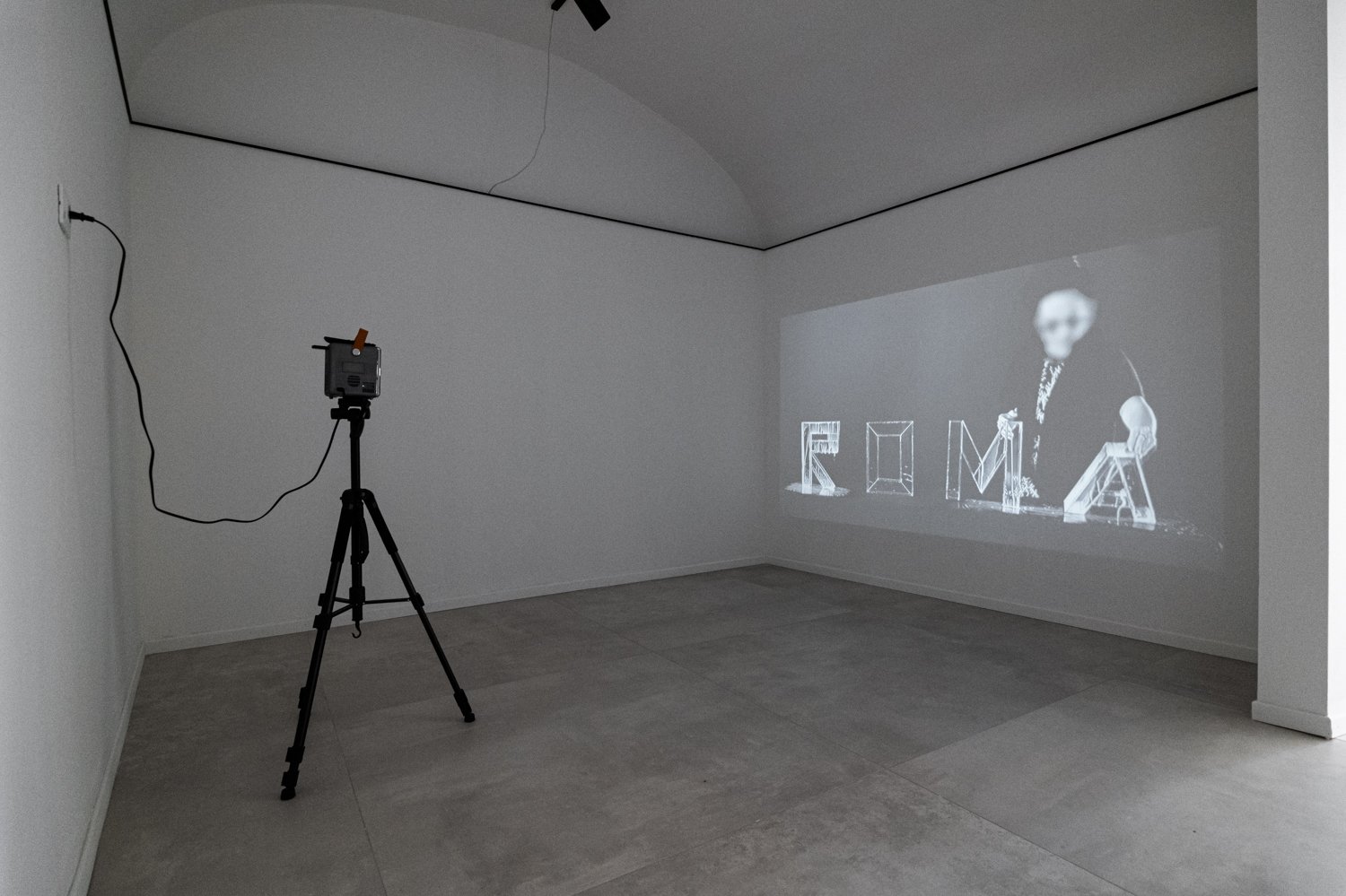
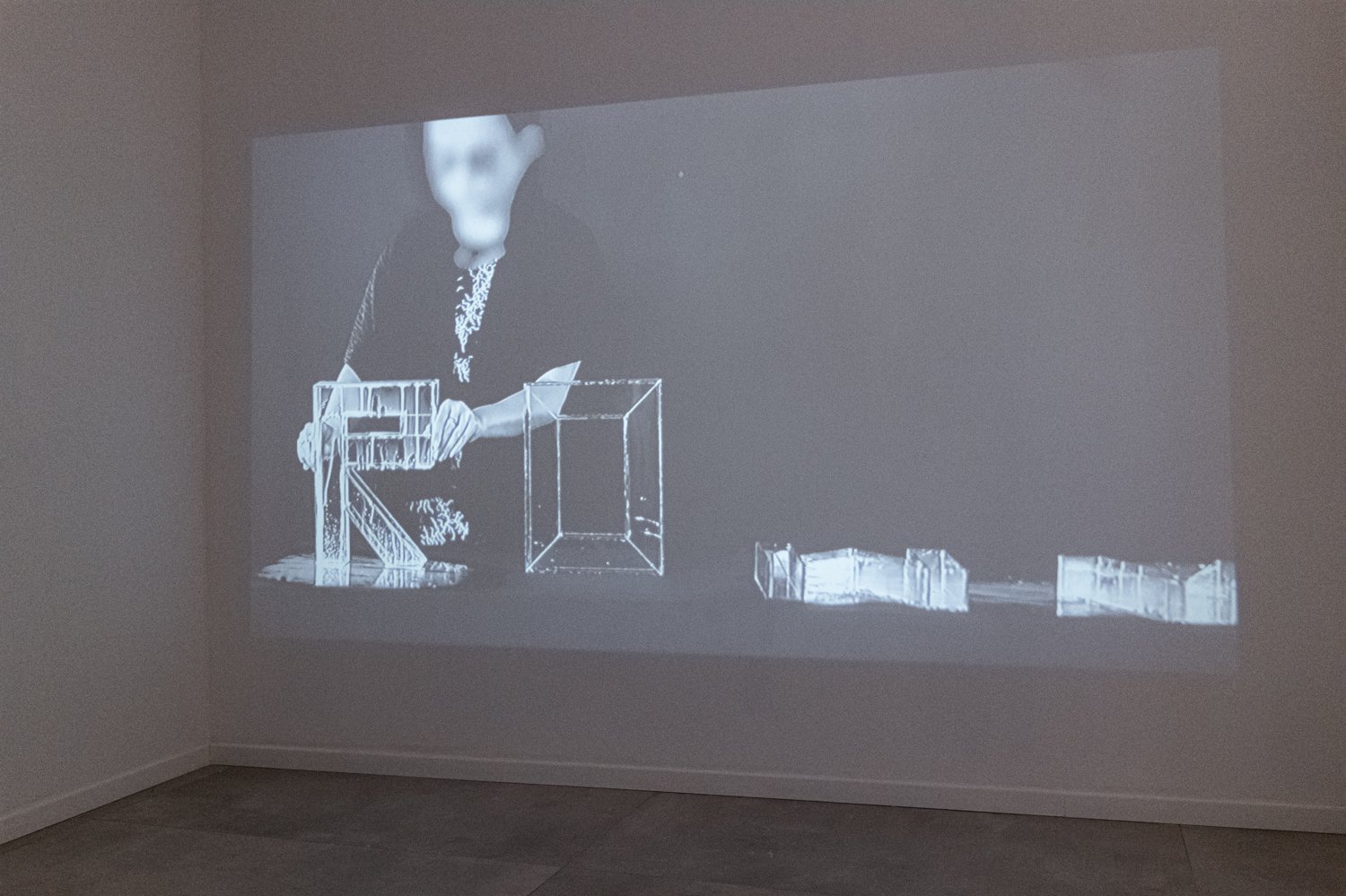
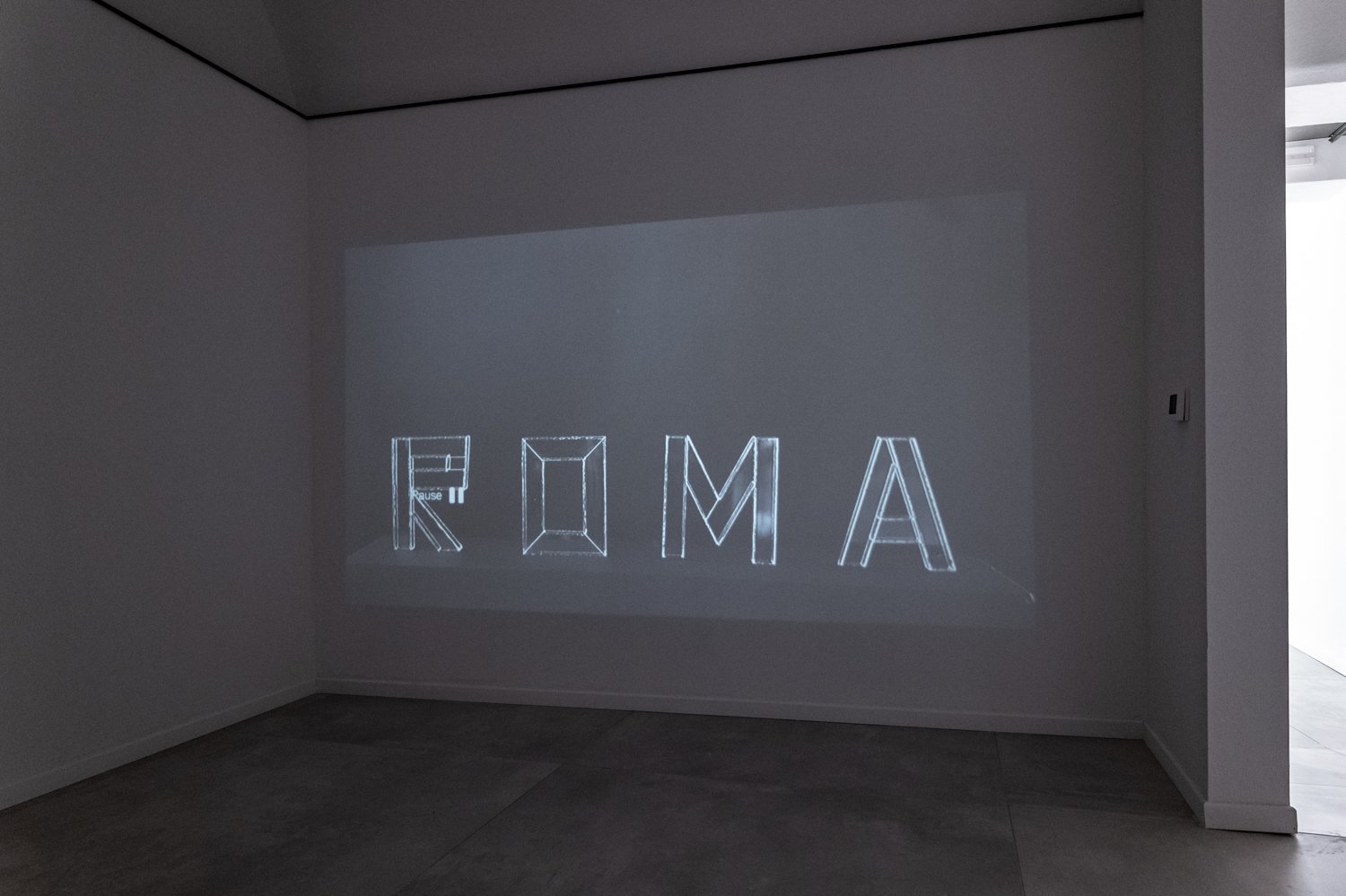

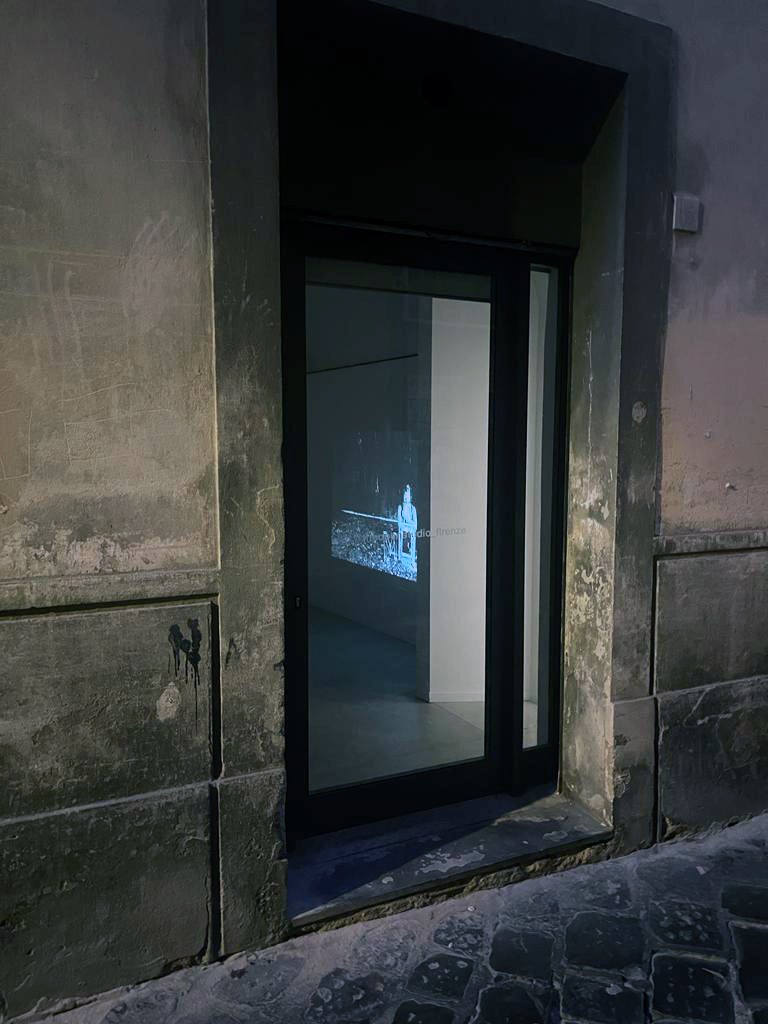
DilosDeliaArtemis, Marcela Gottardo, and Mari Amman. 2023 October 04th - November 30th.
Presents,
Il Corpo Dell’Anima
Translates The Body of the Soul, the exhibition's title, reanimates Marsilio Ficino's, a Renaissance philosopher, love for Plato and Plotinus's philosophical ideas of matter and soul from a contemporary perspective. The body and the soul have been a constant theme in art, philosophy, and science, circling the wheel of time since ancient times, reverberating vibrations in the space of human contents of conscience.
Time as we know it implies the movements of the universe commonly seen linearly in birth-survival-death, but if we look closely, time also has a different meaning. Reliving the ideas of the body and the soul differs from merely reading the past since there isn't such a thing as time. We are always perceiving now. And if we were not here to perceive, we would still be.
To remember, Plotinus contemplates the soul as one being, an entity existing in time, immortal, a creation of intelligence, an emanation of Oness. Plotinus philosophical central theme is Oness. One is the principle for everything and can't be understood through discursive knowledge, duality, or science since it is immeasurable. We can not even say that because principle implies beginning.
One is eternal.
For Plotinus, the soul has fragmented in many we to experience itself in matter, becoming aware of itself through understanding its inner workings. The soul realizes itself virtually, materially, intertwining with the body to create. It forgets its intelligible nature, unfolding the drama of life and identifying with matter.
Some will argue that not all bodies embody the characteristics of the soul. If that is true, some bodies are devoid of a soul. As for others, the soul entangles with the body and is what it feels.
For Marsilio Ficino, beauty and love are expressions of the soul. When identified in virtuality, the lower aspect of the soul loses itself in erotic love and the beauty of the body. Even though these forms of beauty and love are actual, it is only the ache for true love and beauty, which is the contemplation of Oness, an aspect of the higher soul.
In my opinion, those philosophical ideas extend to how we construct various levels of social systems. Because there isn’t such a separation between I and them, we see the rationalization of these concepts in the attempt to implement centralized power, creating societies of control where the single individual identifies himself with control as one group identity. People have willingly or ignorantly lost autonomy over their bodies. Bodies are now one government body. We are losing or maybe never had the original perception of Oness. That is why I believe it is crucial to think about origin, as the linearity of time is a partial understanding. Plotinus cosmology presupposes that there isn’t an outside; therefore, there isn’t the other since the other is also me, not to misunderstand as a self-centered activity. Instead, this point of view transforms the vision from loneliness to uniqueness.
There is no authority out there to obey.
Even though these ideas seem out of reach to some of us, they are pretty evident if we observe. In observation, the world immediately appears for what it is, simultaneously subjective-objective, and in observation, there is an overcoming of duality.
As for the soul, I think we purposefully misunderstand it to control. The soul is the creativity we perceive in the world. It is sensing, not surviving. The soul is the aspect of ourselves that is not rational; it is a naive, playful, child-like female, and it is suffering dearly.
The element Air is the archetype of the Soul.
In his book Disquietness, Fernando Pessoa writes that the soul feels entrapped in every life action, coerced to obey through the body's survival. The physicality of the soul aches. Its inner voice echoes to stay, expand, and give formal order to the contents of conscience.
That is the soul's major inner workings and meaning.
We look at the vessel to see the invisible through the visible.
Marcela Gottardo, September 2023.
With this con-text in mind, artists Dilos Delia Artemis, Marcela Gottardo, and Mari Amman contemplate the body and the soul in visual poetry.
DilosDeliaArtemis on Love
In DiloDeliaArtemis’s words, Roma al Reves is an allegory of four scores within the five elements in which we humans inhabit. Building the union in love. They are 4/4 series within the documentation in action with the meaning given to the public, inviting them to participate from their own experience.
https://www.romaalreves.com/
Marcela Gottardo on Being
Morphe-Morphosis, morphe in Greek means forma, shape, appearance, morphosis means forming and shaping. This body of work developed from contemplating the nature of forms in-forming, an inquiry upon origin.
In installation, I’m interested in the interactions of various parts in space, creating a totality or being a totality in themselves as a part. The work in ceramics initially departed from fractals and geometry, and in its development, it became fragmented.
In painting, I’m interested in overlapping layers, signs, gestures, and forms to create spaces perceiving simultaneously diverse events in time.
I created this artwork during the spring season of 2022, and my forms were in-formed by the butterflies in the fields and contemplating the processes of metamorphosis in analogy to ideas of existentialism, psychology, history, and science.
https://www.gottardomarcela.com/
Mari Amman on Beauty
An Apophatic Way of Knowing Water and Over a Streambed a Body Formed in the Light Refracted in Waves.
In Mari Amman’s words,
The film is light-stamped in material time. Material is a form of time.
The images expose ways human understandings differ and overlap with algorithmic learning.
Beauty lends itself to the dissolving of self. Through sensual vitality in textural abstraction, the viewer and environmental subjects merge through the experience of the pictorial field. Working with qualities unique to the medium of film photography, the references to the elements in the exposures perform as extracted allegorical devices. Five-element theory as esoteric myth meets aesthetic notions of Mental Turbulence in looking at Vision and Image to understand their aesthetic and philosophical differences. A first look may deceive the viewer into believing the images are paintings. Repeated looking reveals forms of pattern recognition deep within the viewer's awareness. While pattern recognition is often discussed in Artificial Intelligence, the images remind viewers of the embodied ability to extract and invent new, imaginary forms through their afferent nervous systems. Painters such as Katsushika Hokusai, Gai Wang, DaVinci, Van Gogh, and Pollock often used water to depict visible and ethereal flows. Today's machine-translated representations from NASA's imaging technology, geological terrain mapping, and medical imaging processes became common referents during technocratic times. Kodak Gold film was selected for its reference to the everyday use of analog photography. Magenta and Amber's hues were emphasized after film scanning. Magenta is understood as a unique facet of human vision, created in the mind and not existing on objective frequency wavelengths. Amber (chasmal) is a hue and resin related to the electron. The material of Amber can be negatively charged. While today's view of ancient folk medicine considers the healing properties of Amber, a pseudo-scientific electrical conductor, accumulated sap hardened over time subtly interacts with electronics, such as blue-tooth headphones. In these often-overlooked nuances, the series points to the immediacy and malleability of Vision through Images relating to humanity. Whereas the notion of humans being part of nature was once new, the idea that all creation is part of nature often overlooks differences of significance. While photography serves as a mediary tool along a spectrum often contextualized as containing painters and bodies on one end and algorithms and copies on the other, the references in the 1:1 results of exposing film through a rangefinder camera point to the sense of Place within Time and Memory. The viewers' nervous system, informed by being there, becomes a critical element versus sampled copies A.I. relies upon. The inability to step in the same river twice, made known by Heraclitus, becomes a weight on scales of values and tonality for how far and deep learning can be carried forth with tools. The river or flow constantly replenishing itself represents an apophatic and imaginary way to understand the difference. In the reflexive process of making the exposures, the images concentrate on proposed divides between vision, imagination, psyche, and reality.
https://mariamman.net/
Click the image to see the artist's portfolios.
The Open Studio Firenze is my art studio, conceived as a space for experimenting and re-signifying artworks. Periodically, I will invite artists and curators to create exhibitions and exchange creative ideas.











